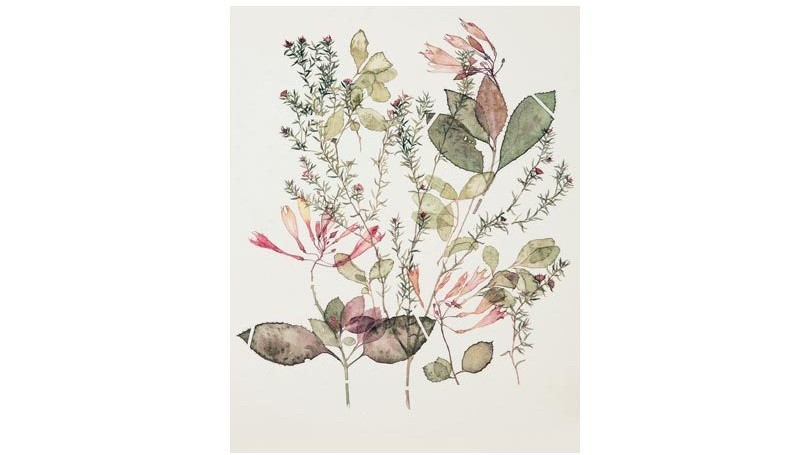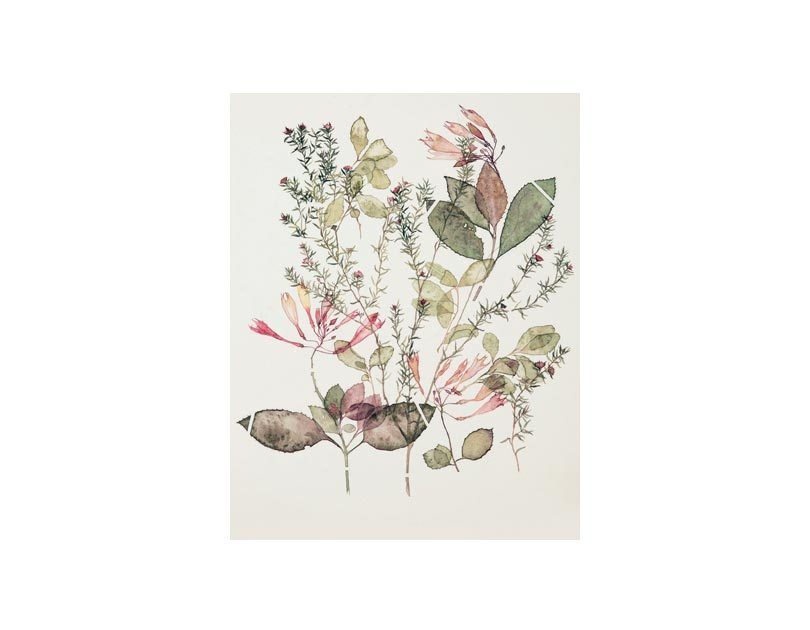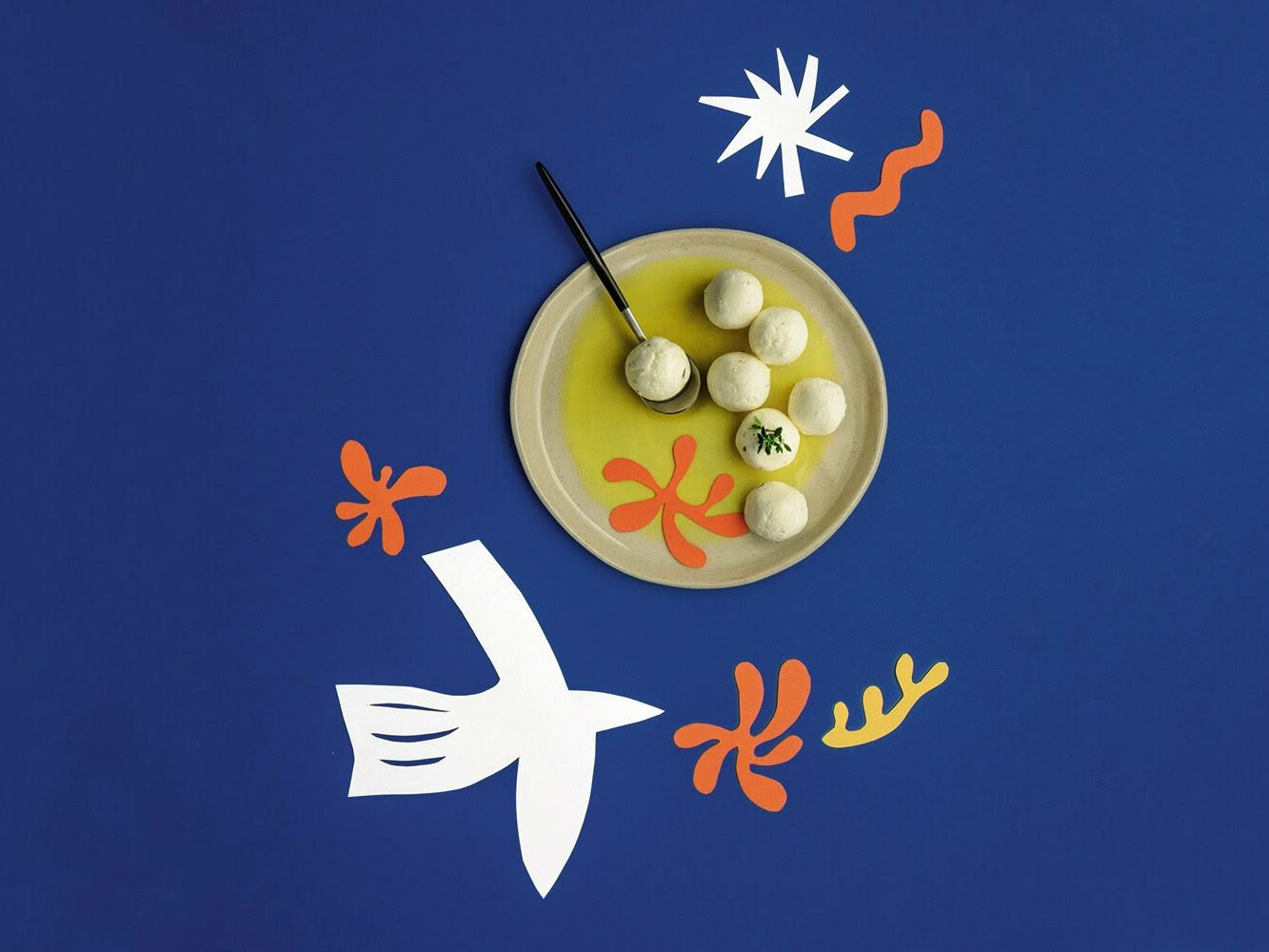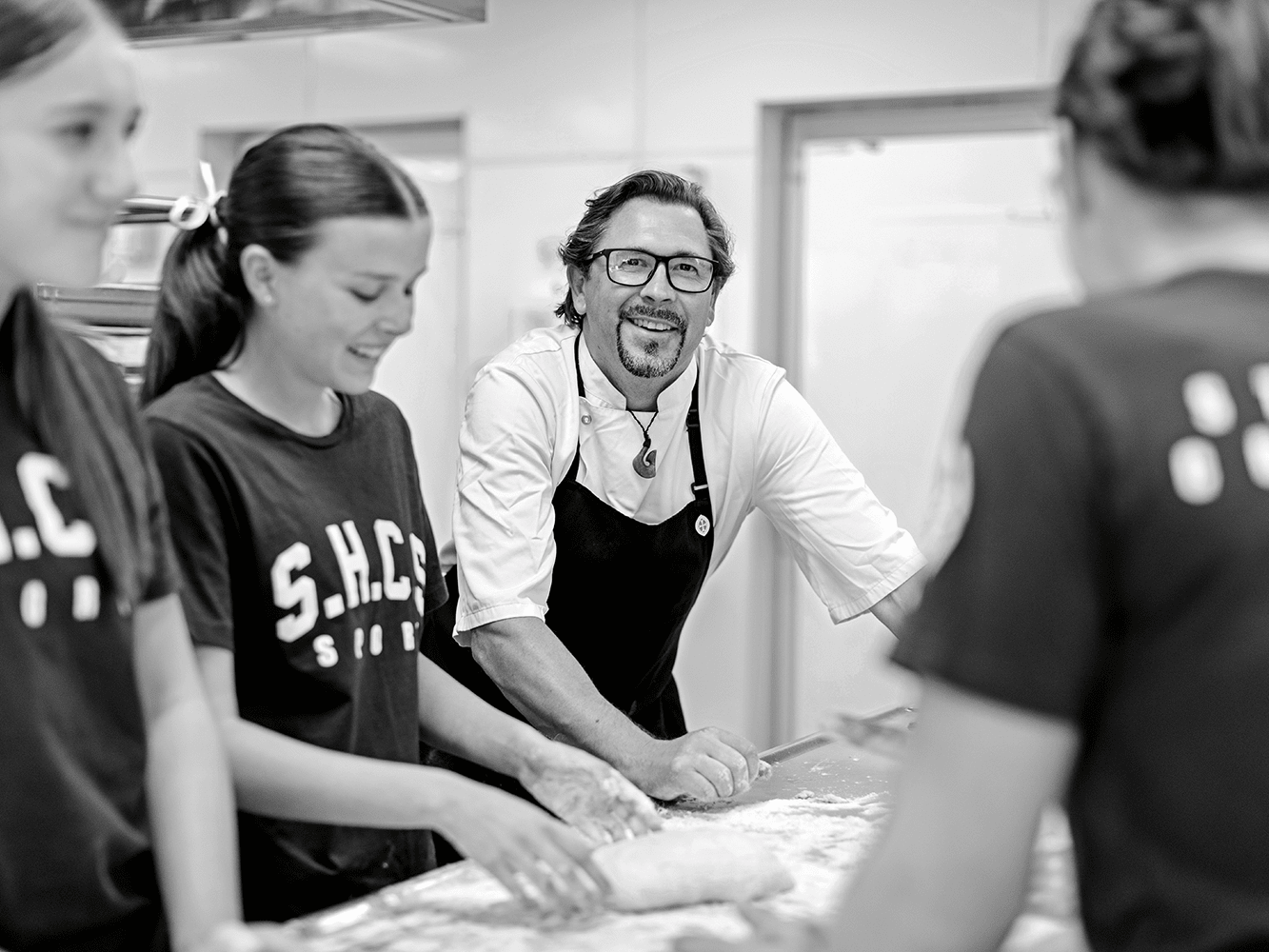Kohl Tyler-Dunshea creates minutely observed botanical watercolours.
Ethereal and delicate, they glow with detail reminiscent of the notebooks of colonial botanist-explorers. To achieve this Kohl goes to a specific location, be it a park or an urban street, to observe plants growing, researching their particular traits, then collecting and pressing them. “Working from life rather than a photo, there is much more visual information available to capture so much detail,” she says. “But then when I paint I let the watercolour flow and granulate rather than have the whole painting controlled; it makes the most of what watercolour can do.”
Layered and translucent, her work references New Zealand history, hovering in a space between the dry pressed-flower albums of Victorian ladies and the strict botanical illustrations of the early naturalists. Kohl thinks that “plants harbour history, running parallel to human life.”
Kohl’s intensely feminine designs were perfect for a collaboration with shoe company Merchant1948. Printed on satin, a design based on native Taurepō flowers and lobelia was transformed into a range including sandals, sneakers and handbags.
But there’s a very contemporary edge to Kohl’s work, too. Creating interactive installations she explores relational aesthetics and ecology, such as an annual project to visually represent her carbon footprint. Each year she calculates how many kilometres she has driven, the plane journeys made and how the power she consumes has been generated. She estimates her carbon usage then translates this into how many trees she would need to plant to offset it. Last year visitors to an exhibition were encouraged to take these trees home and plant them, with some ending up as far as Great Barrier Island.
She is currently working on a series of watercolours for an upcoming exhibition at Black Asterisk in Ponsonby, a group show with 4 or 5 other artists. She’s creating contemporary botanical compositions of found plants foraged on Auckland’s K Road, not a spot well-known for its lushness. “I like to be bound by whatever I find. I love it when I find something out of place. The more we look at where plants come from, the more we find out about history.” kohltylerdunshea.com
SEE MORE FROM CUISINE
Cuisine Cheese Watch / Anabelle’s Garlic and Herb Bouchées
Anabelle David is a French-born Kiwi on a mission to share her love…
Inspirational Women in Food & Drink
New Zealand’s food-and-drink industry is filled with hardworking and…
We’ve Noticed…. Marcus Verberne
Cooking skills open up a world of different opportunities. From fine…






